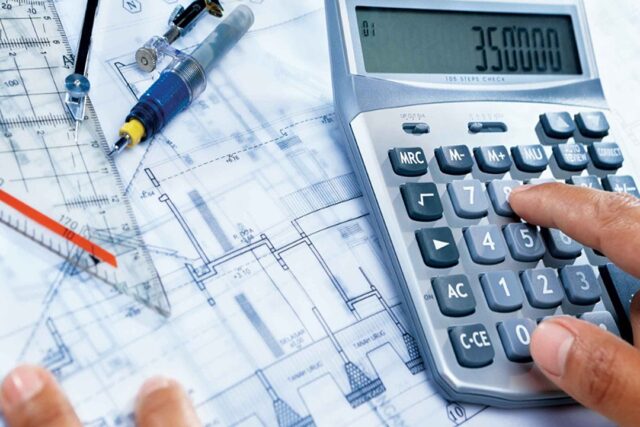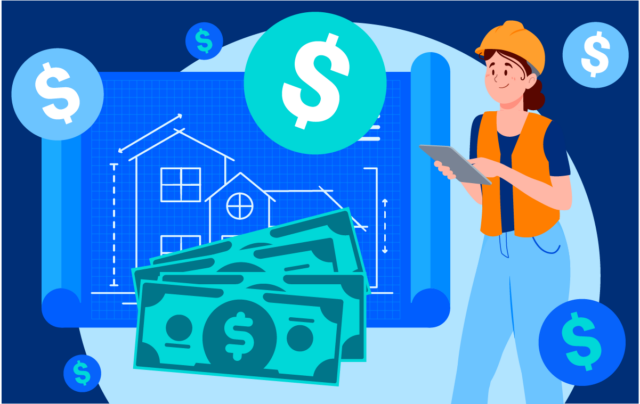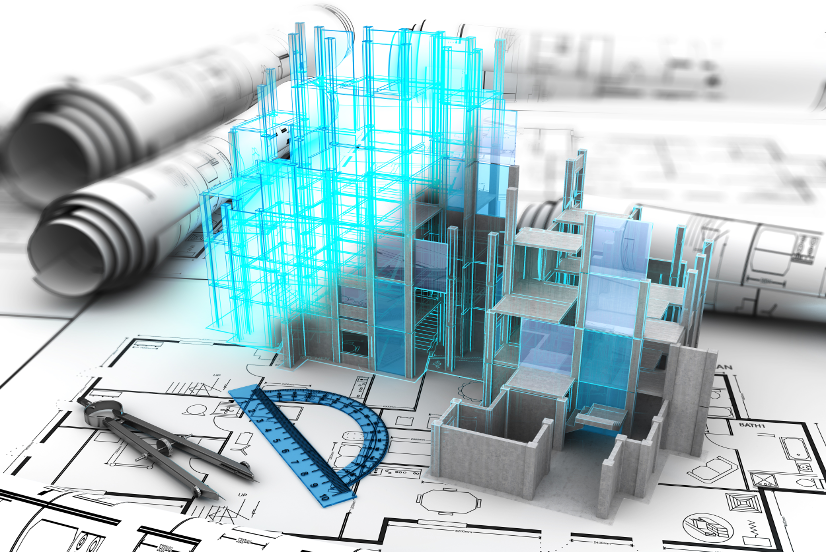
Calculating building estimation is a complex but crucial process in the construction industry. It involves predicting the costs associated with the construction of a building project. Accurate project budgeting is not just beneficial; it’s essential for the successful planning and execution of any construction project.
An accurate estimate ensures that the project is financially feasible, helps in securing funding, and aids in effective resource allocation. The goal is to achieve a balance between affordability and the desired quality of the construction project.
Understanding the Basics

Before diving into the strategies for accurate project budgeting, it’s important to grasp the basic components that make up a building estimate.
These components include material costs, labor costs, equipment costs, overheads, and contingencies. Each of these elements plays a pivotal role in forming the overall budget and requires careful consideration and analysis.
The Role of Technology
In recent years, technology has become an indispensable tool in enhancing the accuracy and efficiency of building estimations. Platforms like Bolster Built have revolutionized the way estimations are calculated by leveraging data analytics and machine learning.
This platform, for instance, offers a comprehensive suite of tools that assist estimators in breaking down complex projects into manageable components, thus enabling more precise cost predictions.
Detailed Site Analysis
A thorough site analysis is the foundation of any accurate building estimate. This involves evaluating the conditions and constraints of the construction site, including topography, soil type, accessibility, and any potential environmental concerns.
A detailed site analysis helps in identifying challenges that may incur additional costs, thereby ensuring that such factors are accounted for in the initial estimation phase.
Material Cost Assessment

The cost of materials constitutes a significant portion of the total project cost. Accurately estimating the quantity and cost of materials is crucial.
This involves not just the current market prices but also forecasting potential price fluctuations during the construction period. Establishing strong relationships with suppliers can also aid in obtaining more favorable pricing and terms.
Labor Cost Evaluation
Labor costs can vary widely depending on the project’s location, the skill level of the workers required, and the estimated time to completion. Evaluating labor costs necessitates a deep understanding of the construction process and the ability to anticipate the manpower needed at various stages of the project.
Equipment and Machinery
The cost of equipment and machinery, especially for large projects, can be substantial. It’s essential to distinguish between the equipment that needs to be purchased and the equipment that can be rented.
The decision between renting and purchasing should be based on a cost-benefit analysis, taking into account the project’s duration and the equipment’s future utility.
Overhead Costs

Overhead costs often include expenses that are not directly tied to physical construction activities, such as administrative expenses, legal fees, and insurance. These costs can be overlooked but are crucial for the comprehensive budgeting of a project. Accurately estimating overheads ensures that the project budget is realistic and all-encompassing.
Contingency Planning
No matter how meticulously a project is planned, unexpected expenses can arise. Including a contingency fund in the project estimate is a prudent strategy to manage unforeseen costs. The size of the contingency fund can vary but typically ranges from 5% to 10% of the total estimated cost, depending on the project’s complexity and risk level.
Periodic Review and Adjustment
Building estimation is not a one-time task but an ongoing process. As the project progresses, it’s vital to review and adjust the estimates in light of any changes or new information. This dynamic approach allows for more accurate budgeting and can help prevent cost overruns.
Leveraging Expertise

While technology and software platforms provide invaluable assistance, the expertise and judgment of experienced professionals remain irreplaceable. Engaging with architects, engineers, and construction managers who have a wealth of experience in project estimation can greatly enhance the accuracy of the budget.
Embracing Sustainability in Estimation
Incorporating sustainable building practices and materials is becoming increasingly important in the construction industry. Estimating the costs of sustainable options requires a nuanced understanding of not only the initial investment but also the long-term savings and benefits.
This includes evaluating the lifecycle costs of materials, the potential for energy savings, and the availability of green building incentives or certifications. As sustainability becomes a standard, estimators must adapt their methodologies to reflect these evolving priorities, ensuring that projects are both environmentally responsible and economically viable.
Navigating Regulatory Requirements
Building projects are subject to a myriad of local, state, and federal regulations that can significantly impact project costs. This includes building codes, zoning laws, and environmental regulations.
Navigating these regulatory requirements and understanding their implications on project costs is a critical aspect of building estimation. Failure to accurately account for the costs associated with compliance can lead to budget overruns and project delays. Therefore, a comprehensive understanding of the regulatory landscape is essential for accurate project budgeting.
Enhancing Collaboration Through Digital Tools

The construction industry is increasingly adopting digital tools and platforms to enhance collaboration among the various stakeholders involved in a project. From cloud-based project management software to BIM (Building Information Modeling), these tools facilitate better communication, coordination, and information sharing.
Incorporating these digital tools into the estimation process can lead to more accurate and dynamic project budgets. By fostering a collaborative environment, project teams can more effectively identify potential cost savings, address challenges, and ensure that the project budget reflects the collective expertise and insights of the entire team.
Edn Note
Accurate building estimation is more art than science, requiring a blend of technical knowledge, experience, and foresight. By understanding the critical components of an estimate, leveraging technology, conducting thorough analyses, and maintaining flexibility, construction professionals can achieve more accurate project budgeting.
This not only ensures the financial viability of construction projects but also builds a foundation for their successful completion. As the construction industry continues to evolve, embracing these strategies and tools will be key to navigating the complexities of building estimation and project budgeting effectively.









